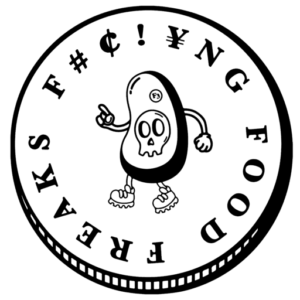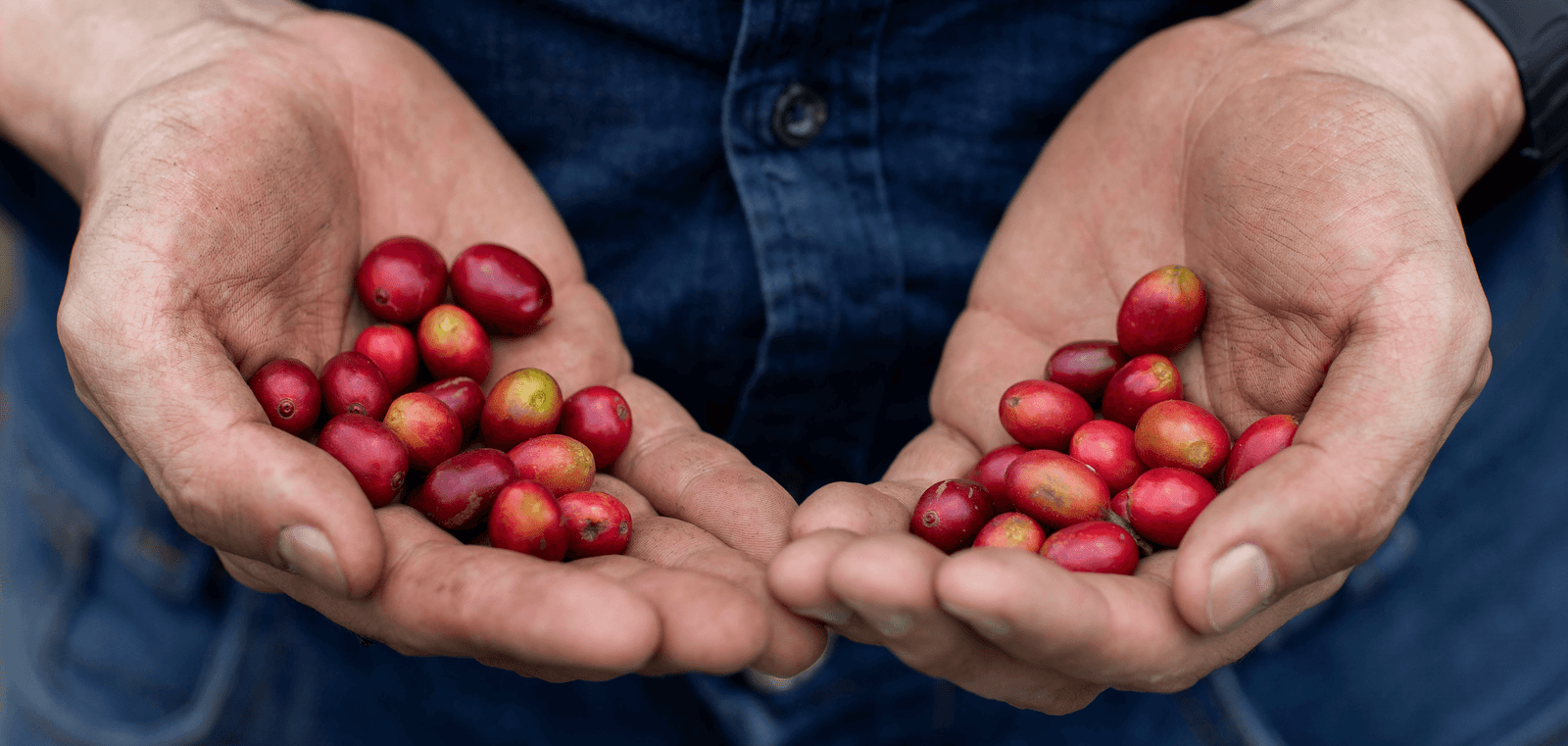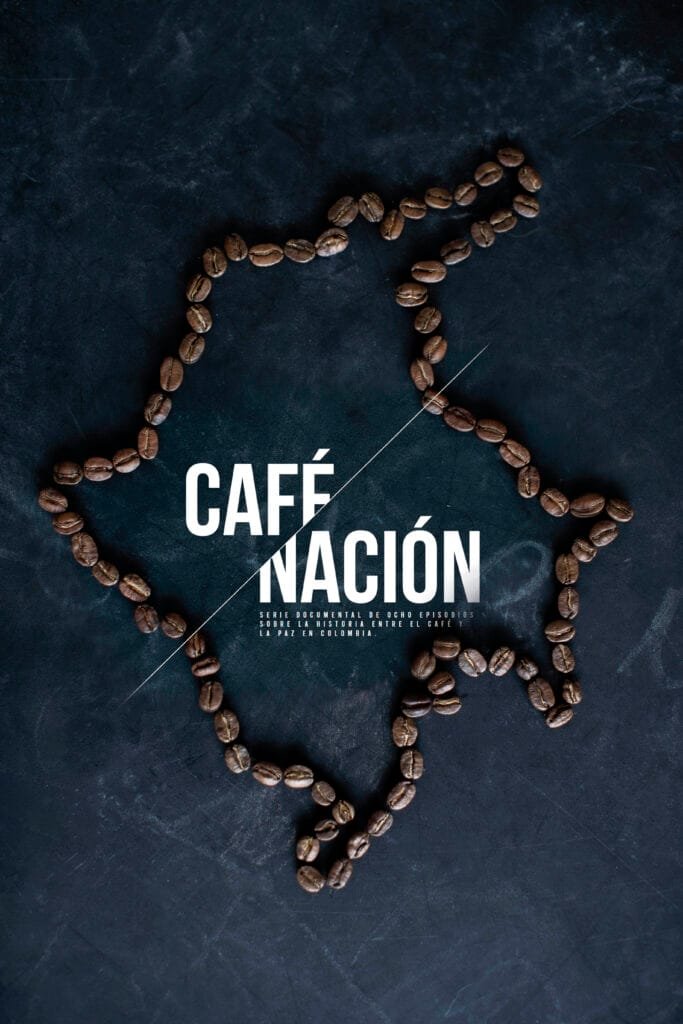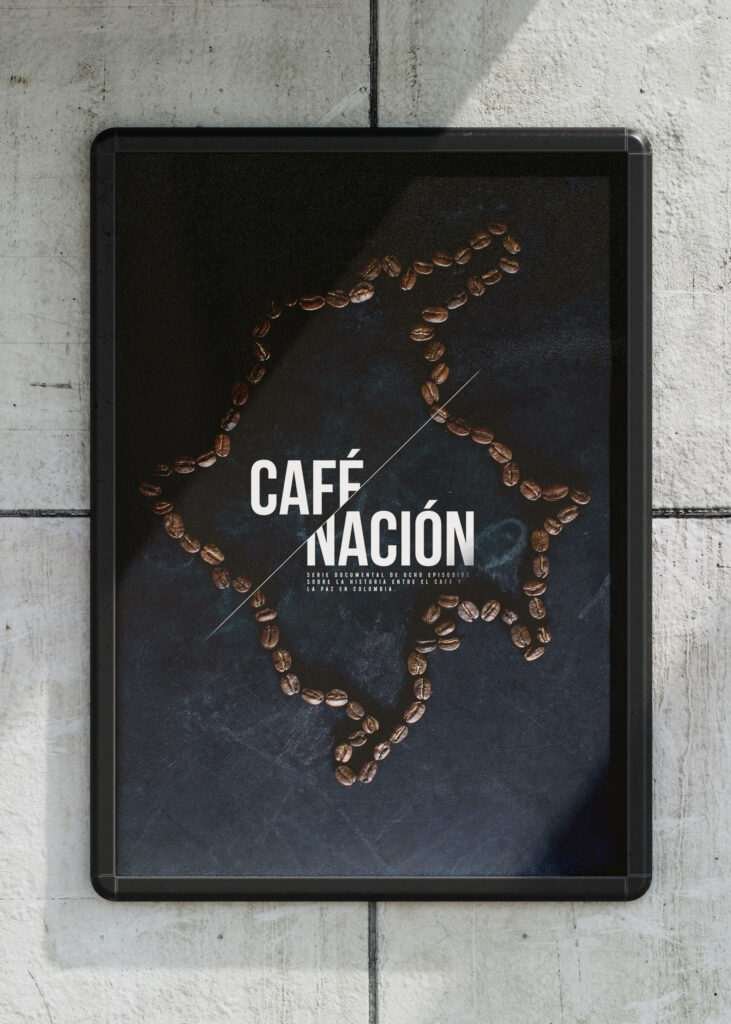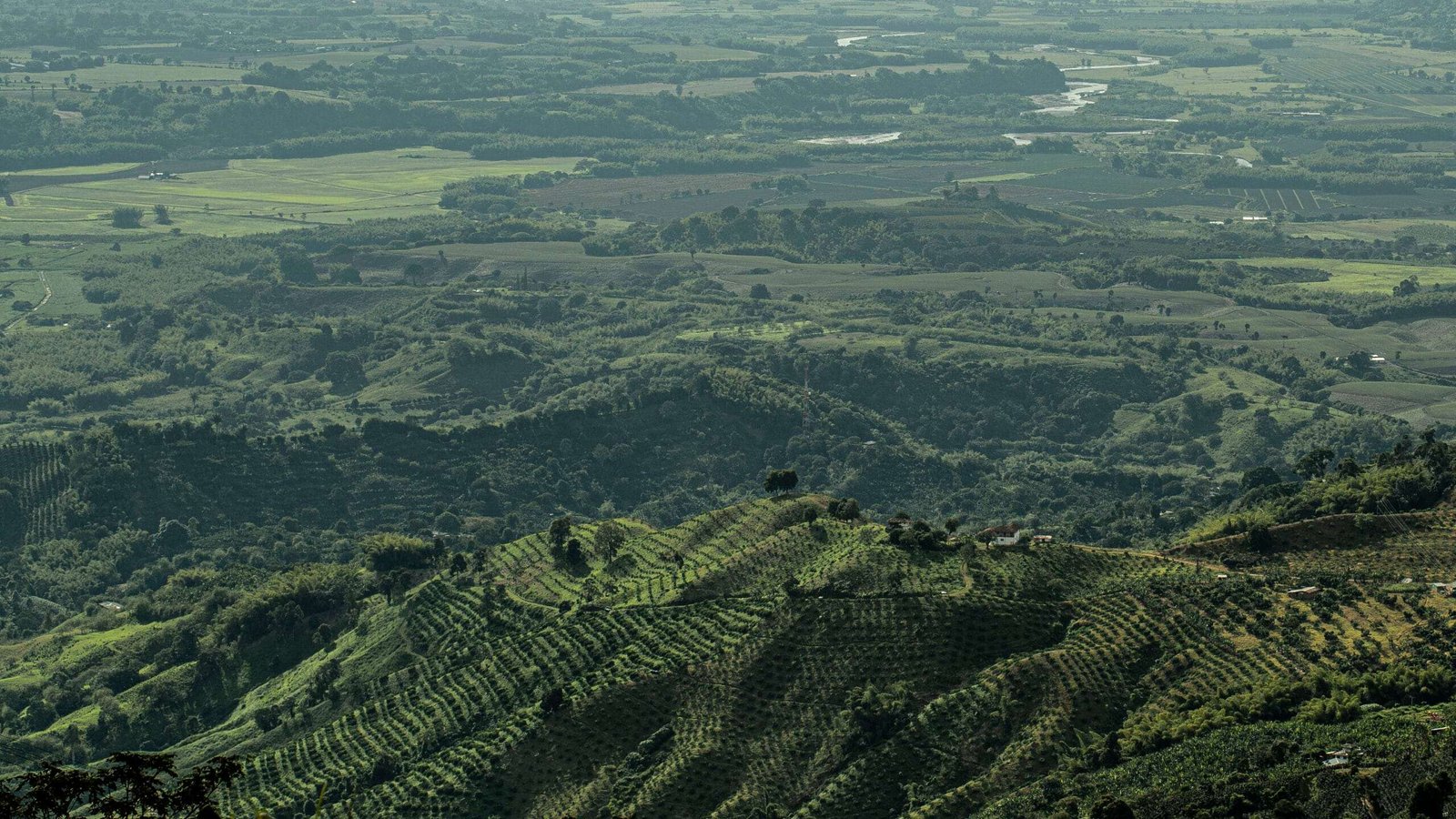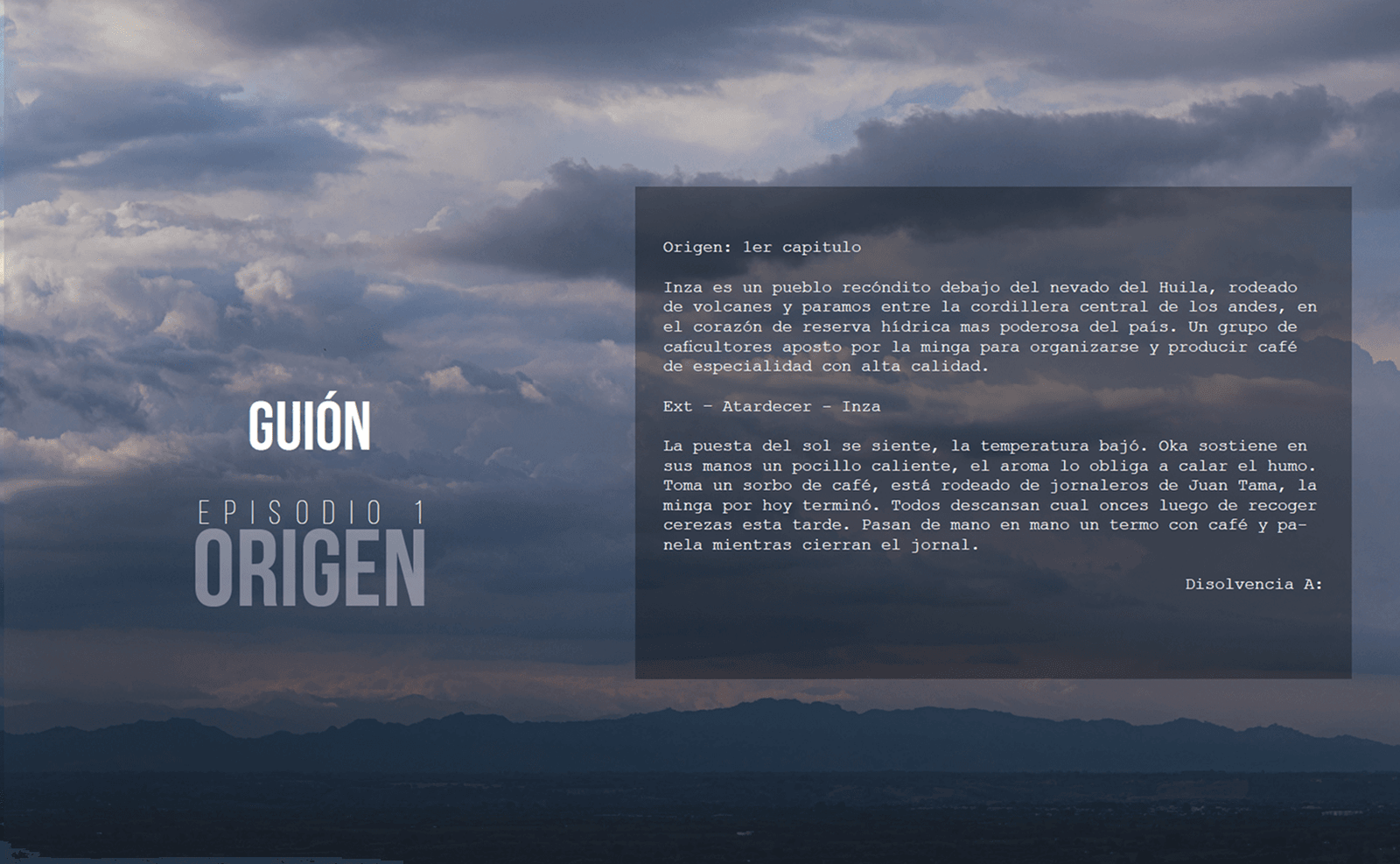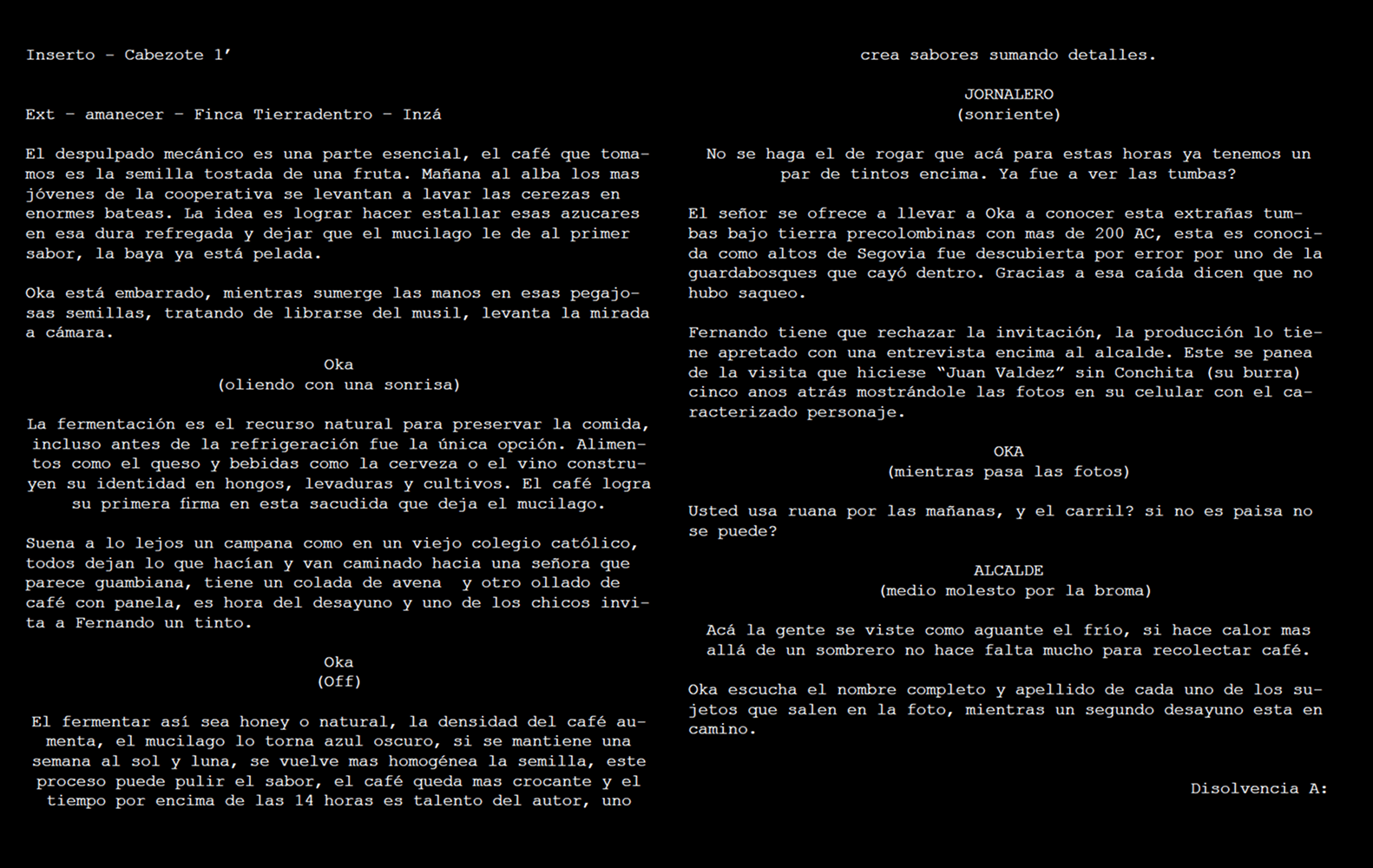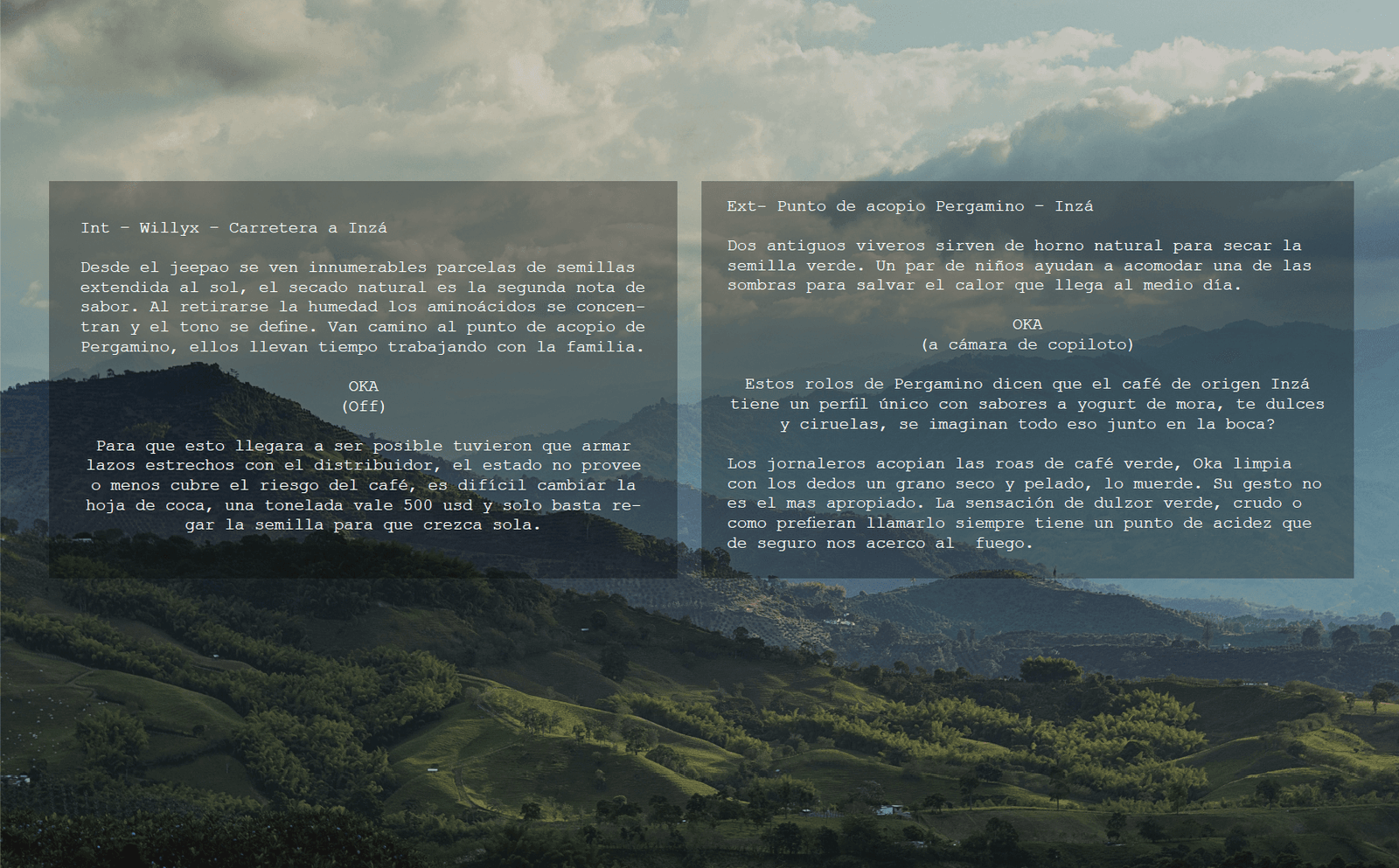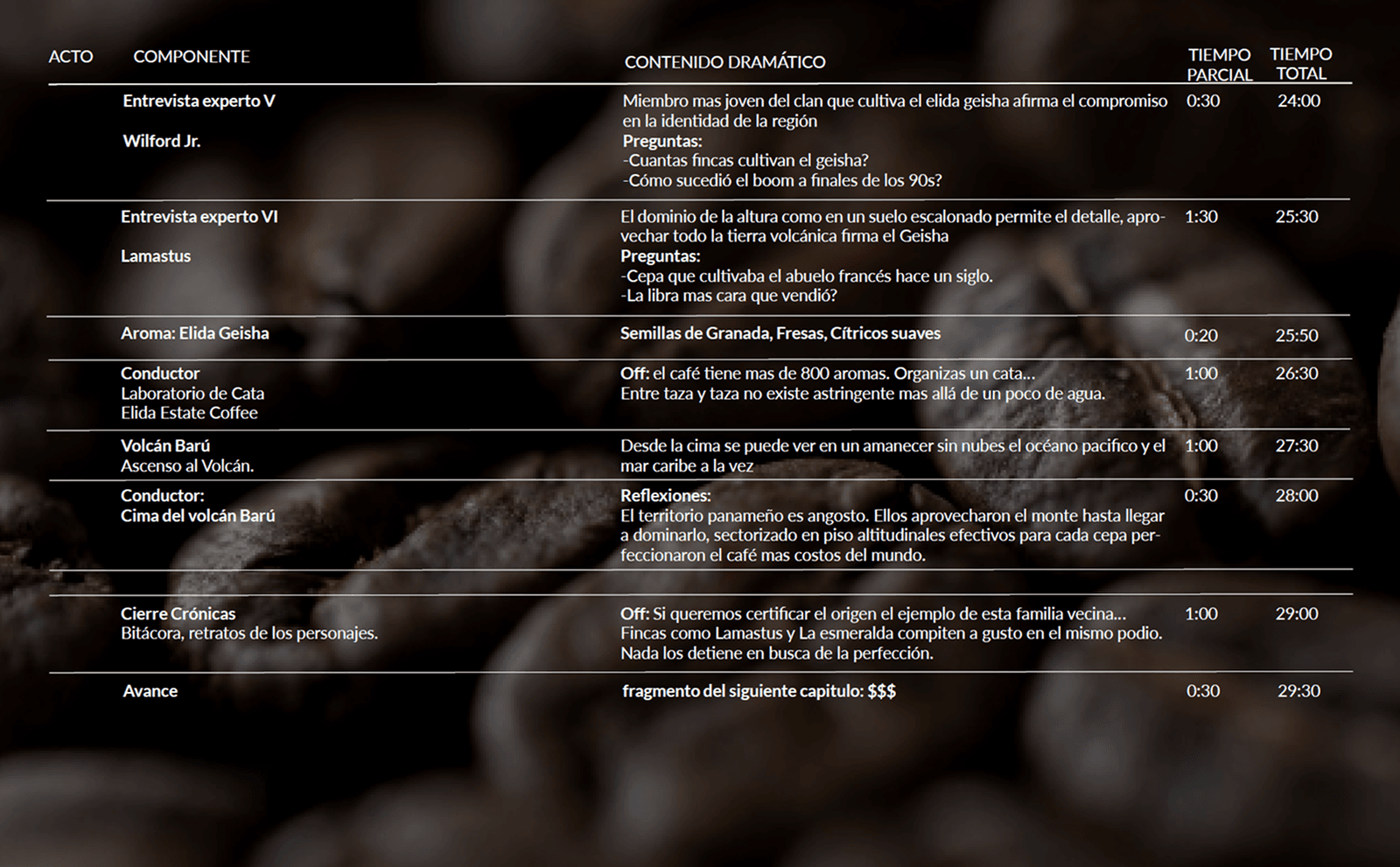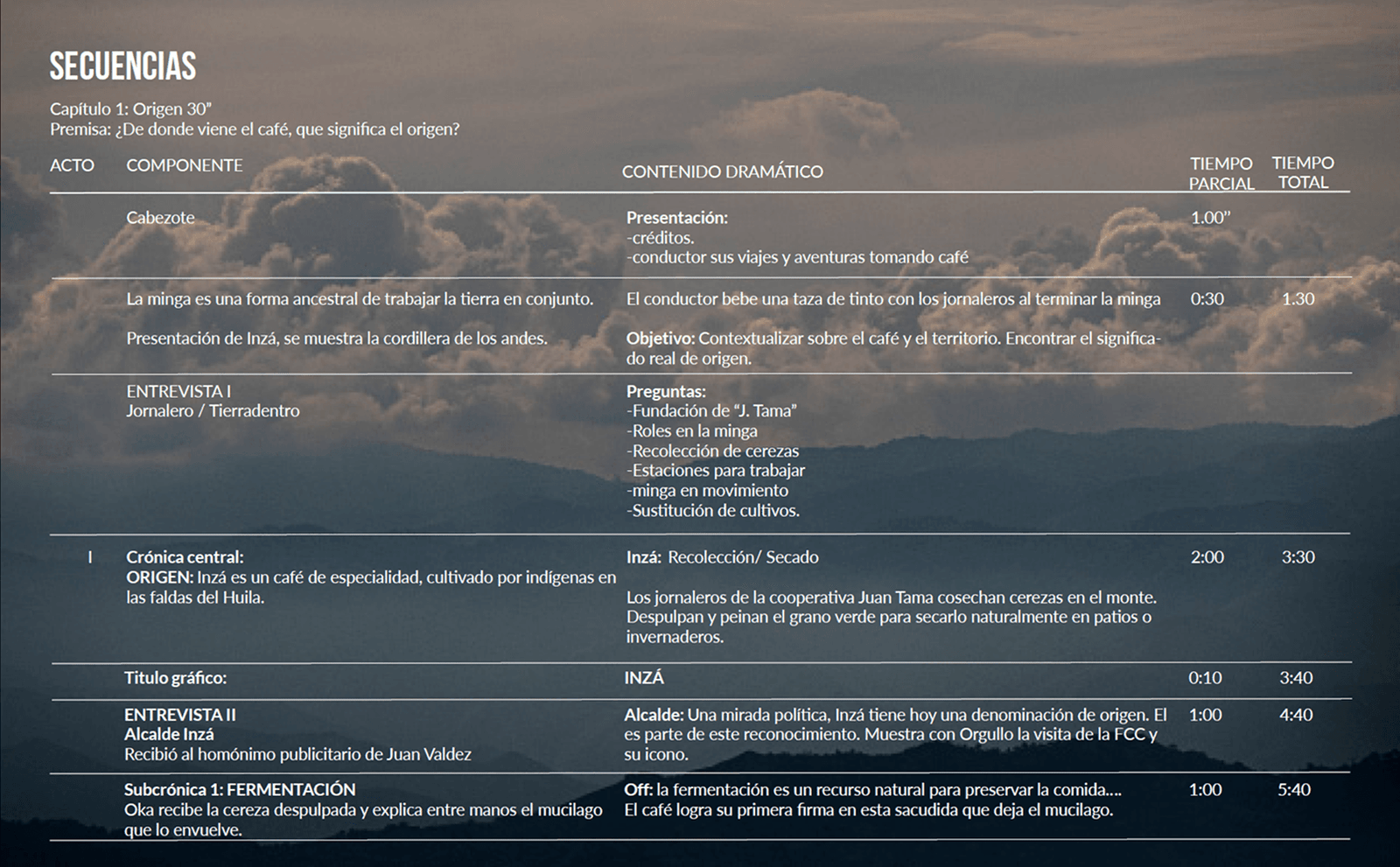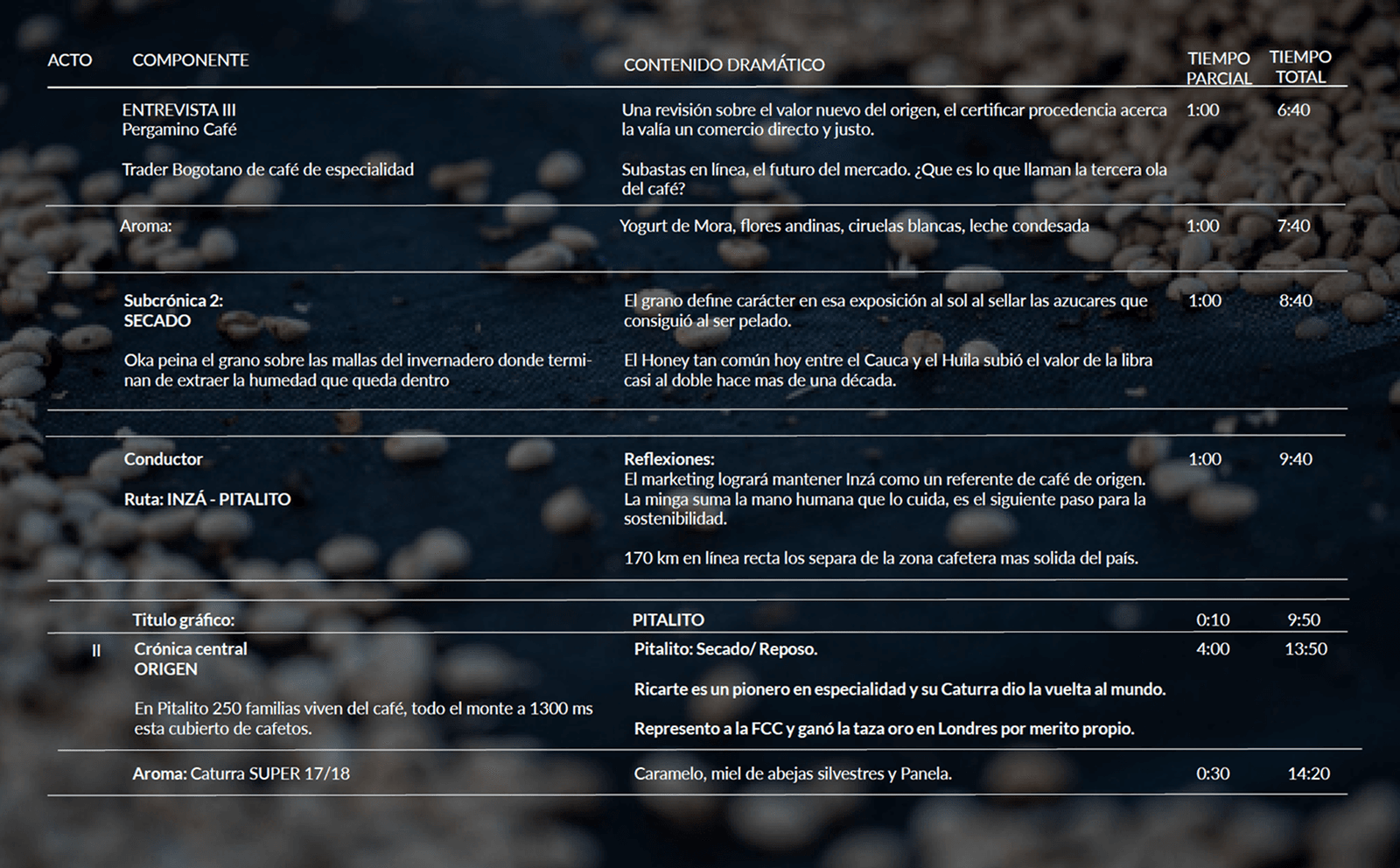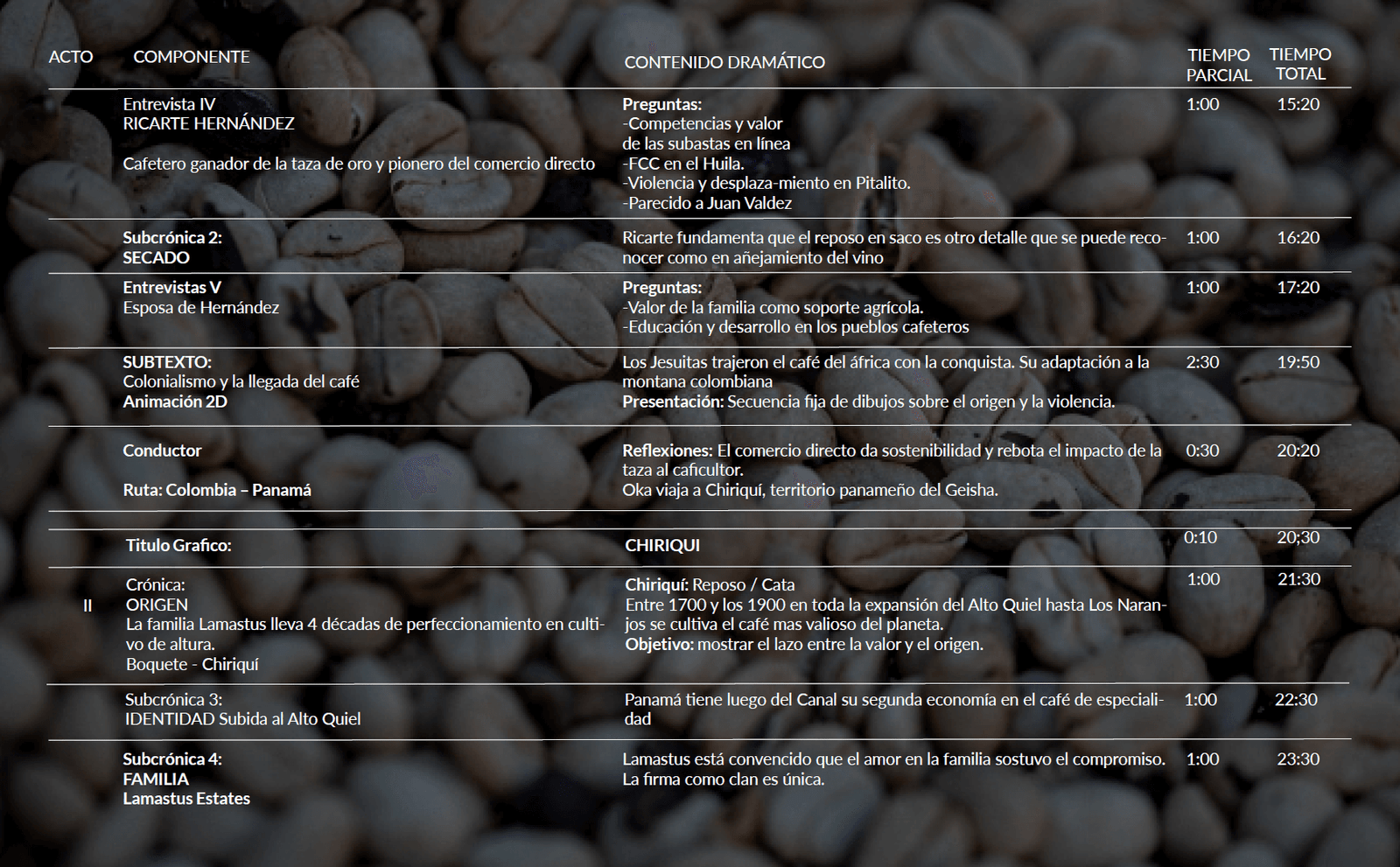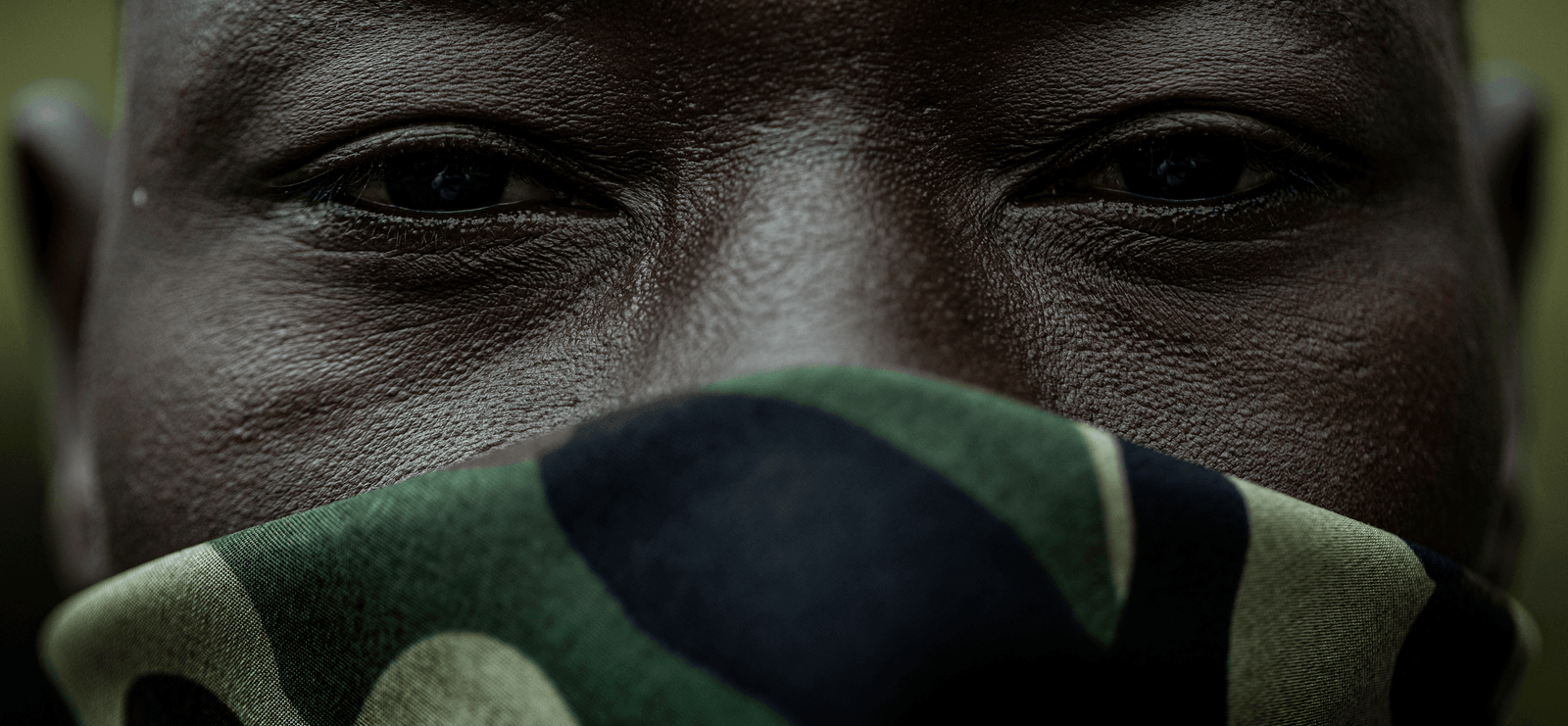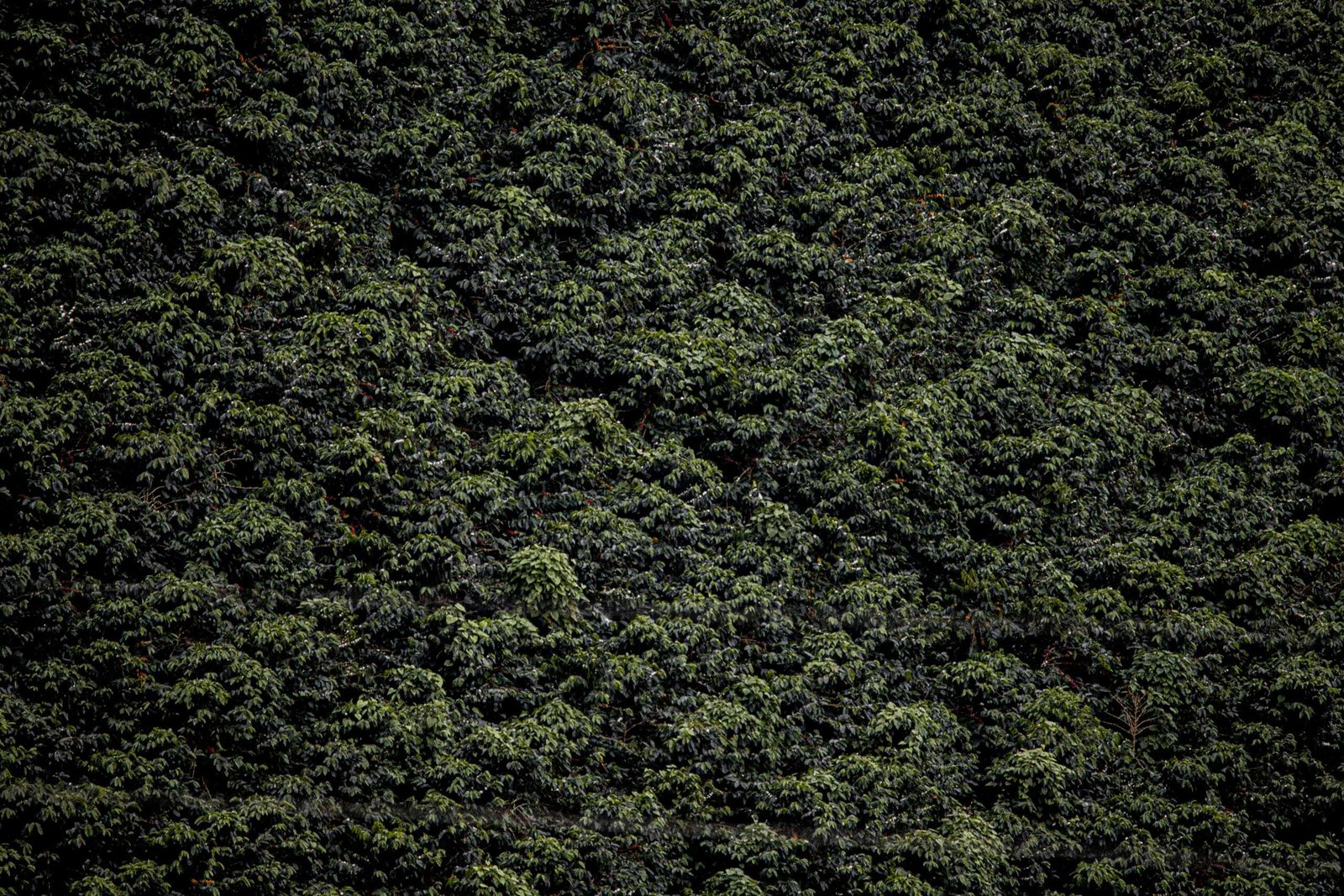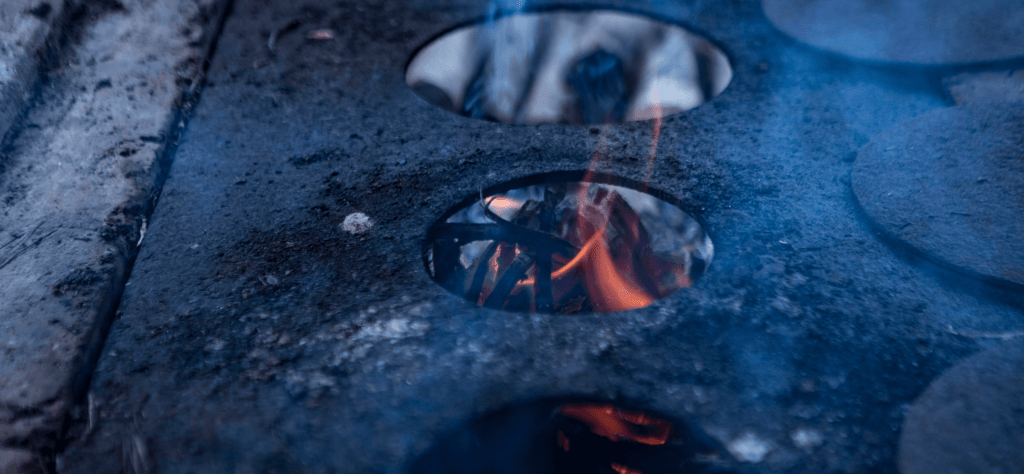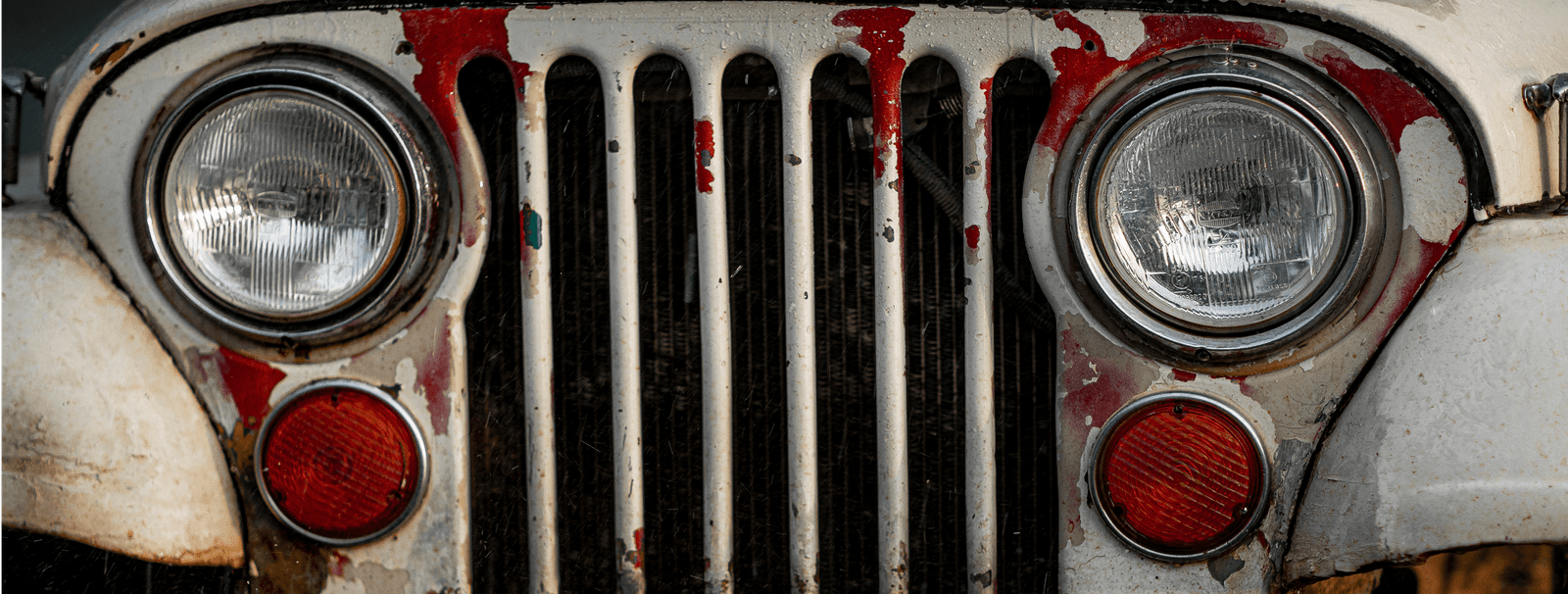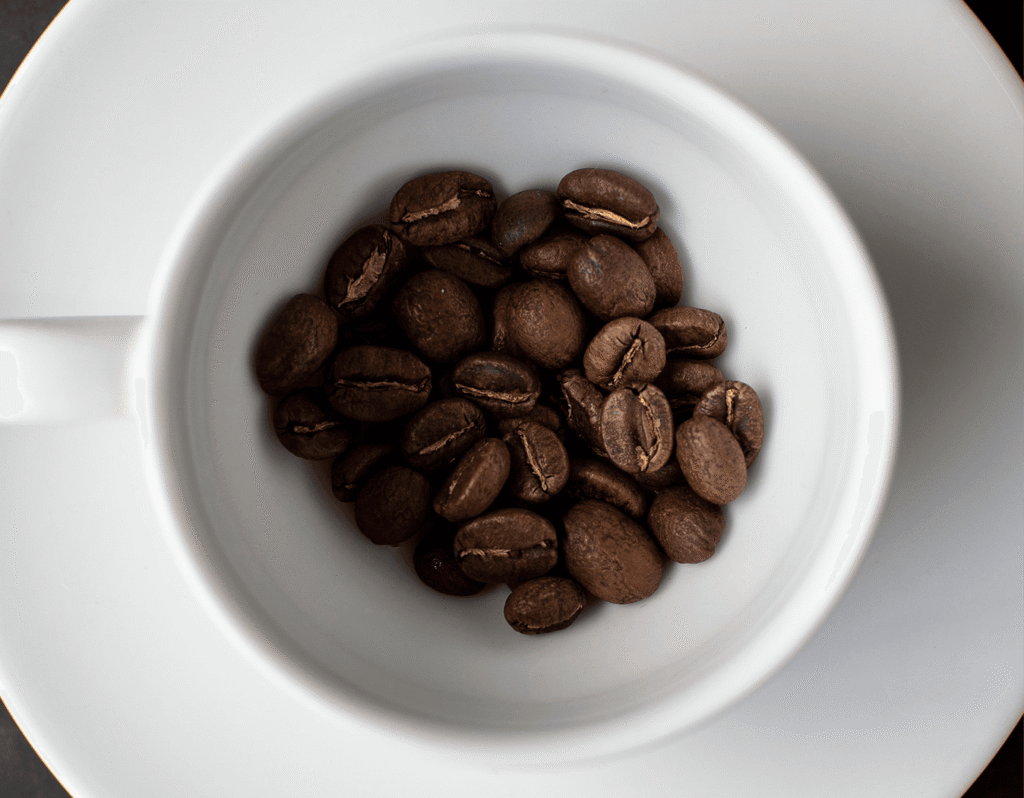projects
CafeNación©
redes Sociales
I met this guy and after some cups later, finding similarities in farmers over my county and his, we agreed to work on these stories together. Coffee let Colombia survive the world wars; they brought some robusta plants to try in the mountains, and it never stopped growing.
Educación
They adapted like their destiny was the paisa territory of the ancient Caldas to the line called today the Coffee cultural landscape into Armenia. Many varieties after the inception of this land’s coffee got Colombia to the podium of growers in Latin America, and within a decade more, they were in the third place of world producers.
Educación
These red beans were replaced by the 70’s and 80’s with cocaine plants finding an easier way to make some money. No federation or government could stop this. Some areas were destroyed with sick crops and replaced with more coca monocultives in the 90’s . By the change of the millennium, coffee was no longer a good crop.
Educación
Now micro lotes are saving the industry, and that’s what Oka is all about. He selects beans since the plants start and supervises its complete cycle so results stop being an experiment. Today, specialty coffee is the national future. And it is not only a fair trade story; coffee farmers are finding their new ways to the final cup.
Educación
Colombia has 4 different territories for coffee breeding , and each one of them has entered different specialty markets in Great Britain and Germany over Europe and Japan and South Korea over Asian seas. Colombian special micro lotes can be over €200 per pound.

